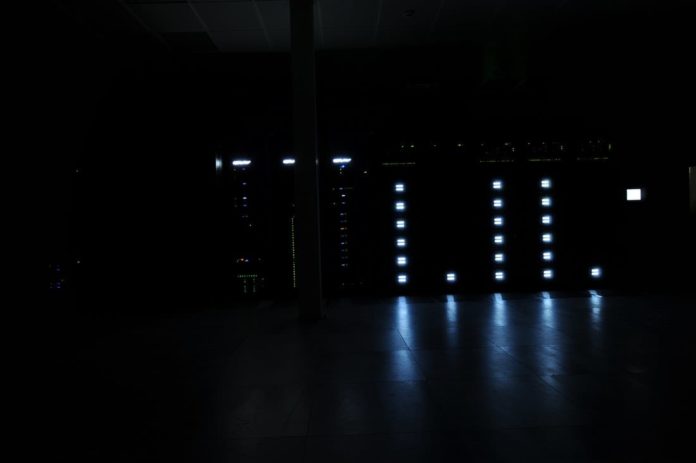Just as the world was getting used to the idea of serious AMD competition in the server market, team Red’s gone and done it again. The UK’s new Archer 2 supercomputer is set to be built with 748,544 EPYC Rome CPU cores, for a mind-boggling 1.5 million threads. And here I was thinking AC: Odyssey ran just fine on my Ryzen 1600’s 12 threads.
The Archer 2 is designed to be a replacement for the 2013 Archer supercomputer, which was once one of the world’s 20 fastest. Most supercomputer designs are built on the Intel Xeon platform. Going by the Top500 list, 497 of the top 500 supercomputers are built with Xeon. With the other three, we’re looking at bespoke Chinese silicon (as in the Sunway TaihuLight). There isn’t a single AMD-based supercomputer on that entire list. We might just be looking at a seismic shift in the HPC market here.

Power consumption and cost per core–two figures that EPYC Rome resoundingly beats Xeon at–are of critical importance in server and supercomputing applications. AMD has historically been behind on both the manufacturing process (with Piledriver stuck resolutely on 32nm for years), as well IPC. It simply wasn’t worthwhile to run an AMD-based server system when the competing Intel alternative performed better, consumed less power, and likely cost less to set up. With the Zen 2 based EPYC processors, the equation is flipped on its head. AMD’s current server offerings offer more cores, better
The Archer 2 is slated to be up to 11 times faster than its predecessor. It’ll be booted up on May 6th 2020, and after a 1-month stress test, it’ll be open for “limited” access. The Archer 2 isn’t the only recent supercomputing win for AMD. The US Department of Energy is financing an Exascale supercomputer built with ROME cores for $600 million, that’s slated to be faster than the current top 160 supercomputers combined.
We’ve spoken earlier about the great strides AMD made in the server market. We’re interested to see where things go from here.
Further reading:


